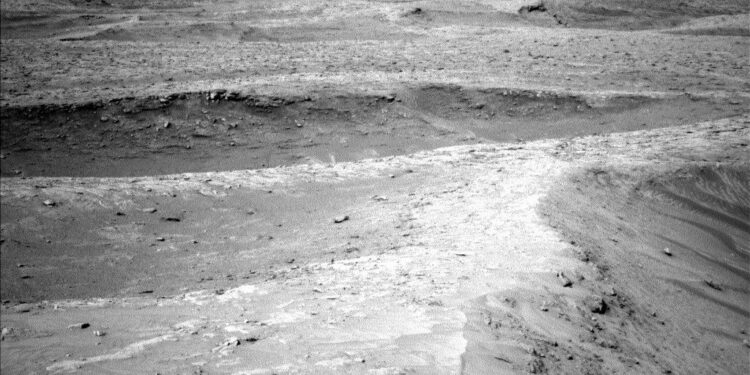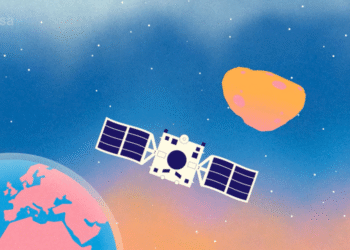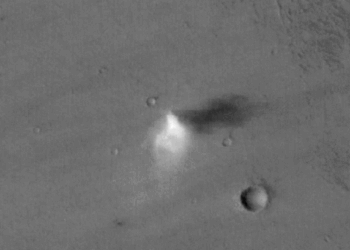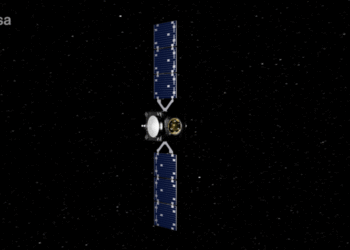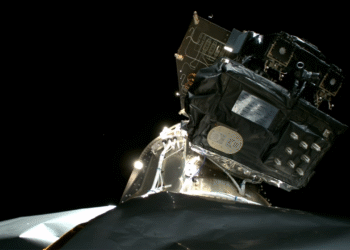During the recent sols 4624 to 4626, the Curiosity Rover conducted an intensive exploration of intriguing formations on Mars known as boxwork structures. These structures, characterised by a network of resistant mineral ridges, have fascinated scientists due to their potential to unravel Martian geological history.
The primary objective over these sols involved a meticulous analysis of these features. Curiosity’s tasks included deploying its various instruments to capture detailed images and gather data which may hold clues about past water activity on Mars.
Scientific Investigations
The exploration strategy was multi-faceted:
- Utilizing the Rover’s Mastcam to capture high-resolution images of the landscape.
- Engaging the ChemCam for laser-induced breakdown spectroscopy to assess the chemical composition of the boxwork.
- Performing contact science with the Alpha Particle X-Ray Spectrometer (APXS) to analyze the elemental make-up of the surface materials.
Significance of the Mission
Through these investigations, scientists hope to better understand the formation mechanisms behind these structures. The boxwork may have formed due to mineral deposits from ancient water flows, pointing to a wetter Martian climate in the past.
The rover’s findings could significantly advance our understanding of Mars’ climate history and the planet’s potential to have harbored life.
Overall, Curiosity’s engagement with the boxwork structures over these sols represents a small but crucial step towards understanding the Red Planet’s geological and climatic evolution.
For more detailed information, you can view the full article here.


